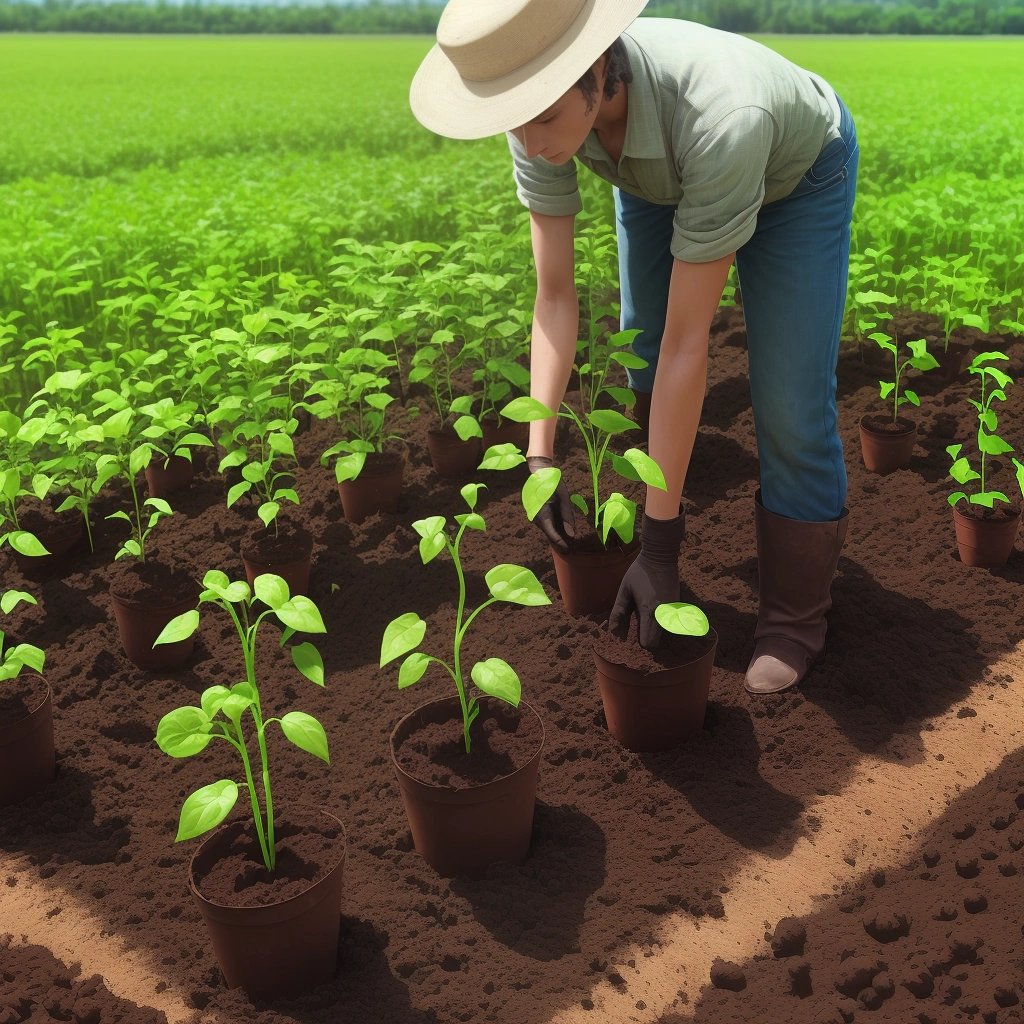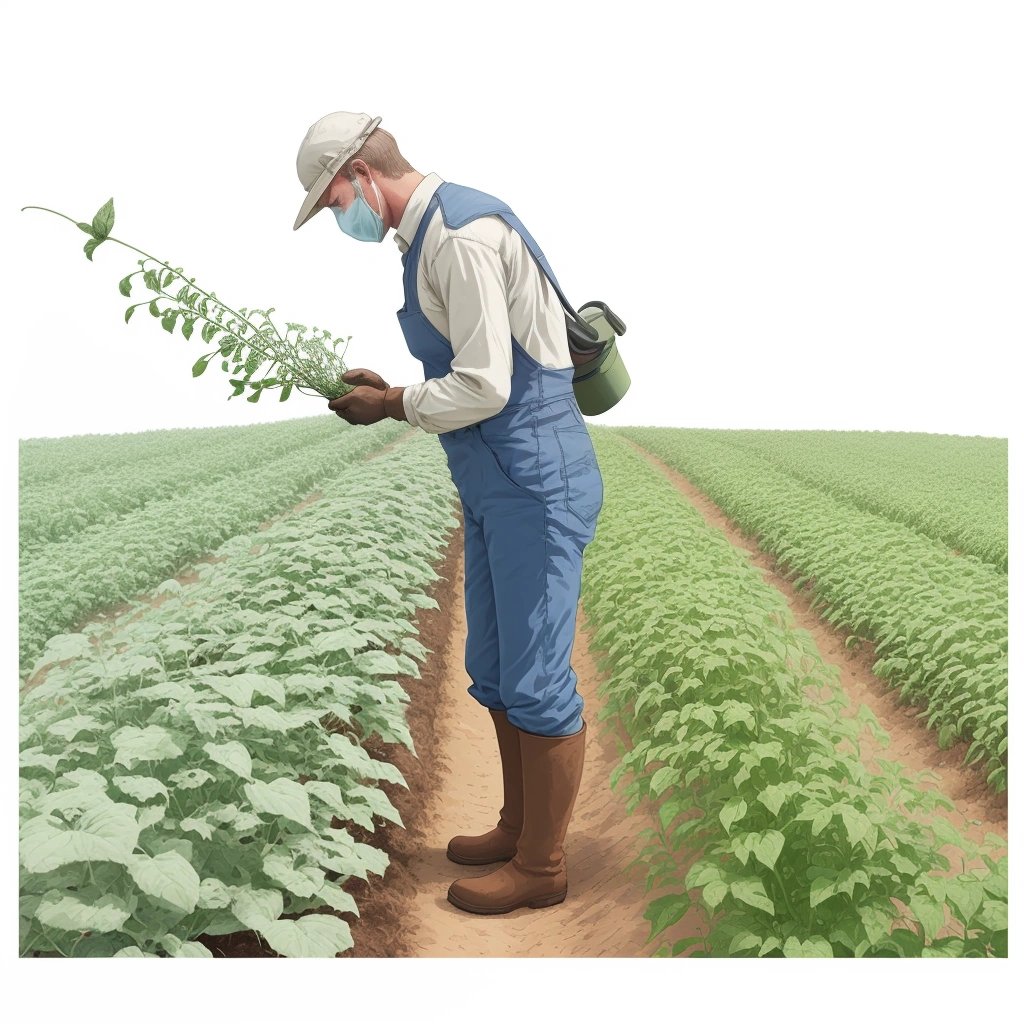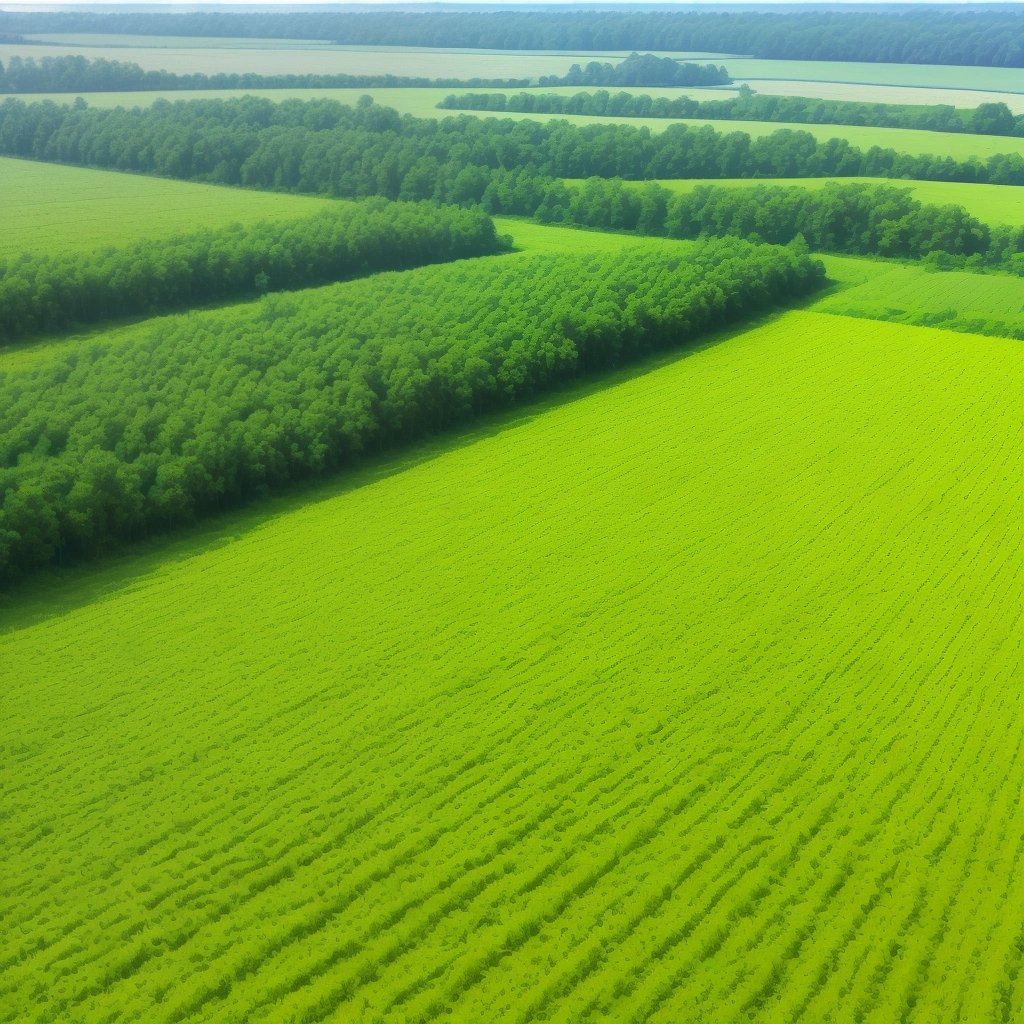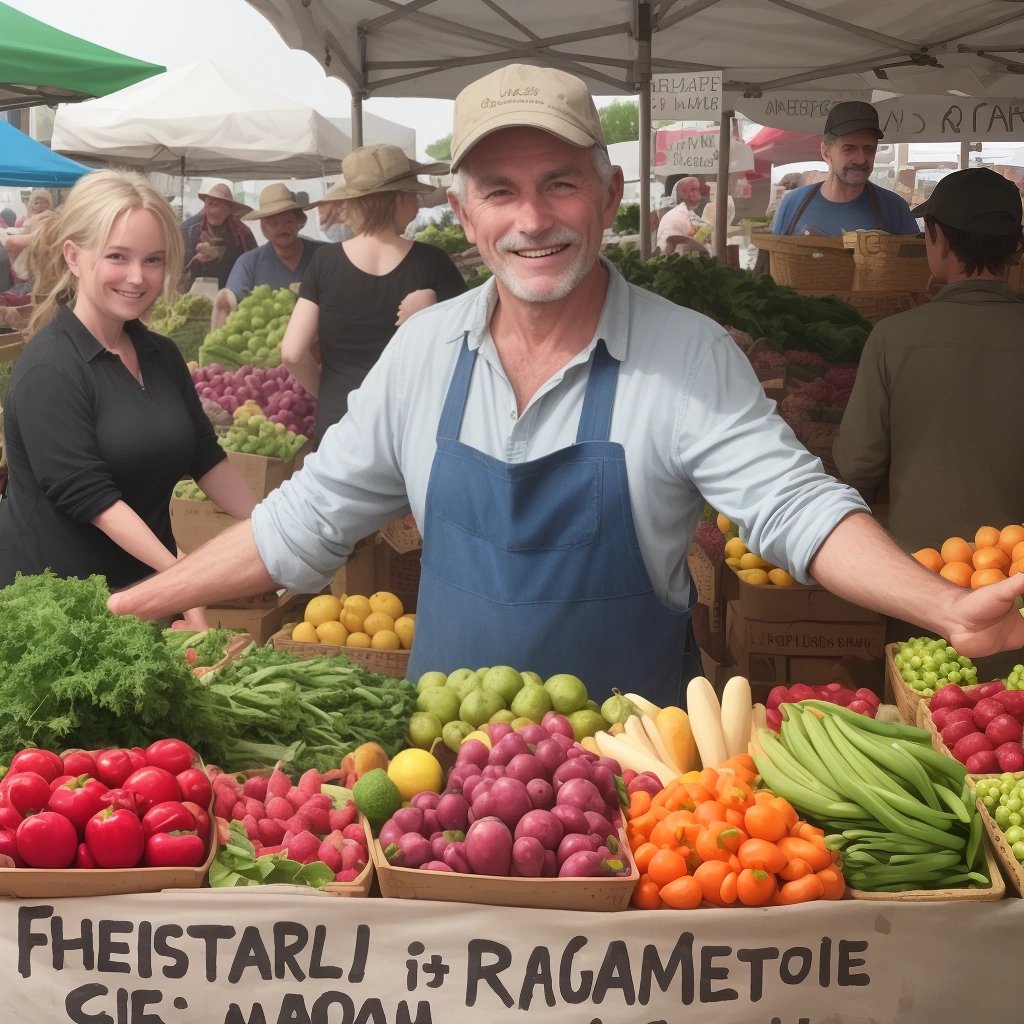In a world grappling with the consequences of climate change and environmental degradation, the search for sustainable and eco-friendly agricultural practices has never been more urgent. Traditional farming methods, with their heavy reliance on chemical fertilizers and pesticides, have contributed significantly to soil erosion, water pollution, and loss of biodiversity. But what if there was a way to not only minimize the negative impact of agriculture on the environment but actually improve it?
Introducing a revolutionary agricultural method that aims to do just that. This groundbreaking approach goes beyond the conventional practices of organic farming or permaculture. It seeks to actively enhance the health of the environment while producing abundant and nutritious crops.
At the heart of this method lies a deep understanding of the intricate web of relationships in nature. Instead of viewing the farm as a separate entity, isolated from its surroundings, this approach sees the farm as an integral part of the larger ecosystem. By working with nature, rather than against it, farmers can harness the power of natural processes to regenerate the land and promote environmental health.
Key to this approach is the concept of regenerative agriculture. Unlike traditional farming methods that rely on external inputs like synthetic fertilizers, regenerative agriculture focuses on building healthy, fertile soil through practices such as cover cropping, crop rotation, and composting. By nurturing the soil microbiome and increasing its organic matter content, farmers create a thriving ecosystem beneath the surface. This not only enhances soil fertility but also improves water retention and reduces the risk of erosion.
But regenerative agriculture is not just about soil health. It recognizes the importance of biodiversity in maintaining ecological balance. By diversifying crop species and integrating livestock into the farming system, farmers create habitats for beneficial insects, birds, and other wildlife. These creatures play a crucial role in pollination, pest control, and nutrient cycling. In return, they contribute to the overall resilience and productivity of the farm.
Another key aspect of this method is the reduction of chemical inputs. While traditional farming relies heavily on pesticides and herbicides to combat pests and weeds, regenerative agriculture takes a more holistic approach. By improving the health and resilience of the crops, farmers can minimize the need for chemical interventions. This not only reduces the risk of chemical pollution but also promotes the development of pest and disease-resistant plants.
Perhaps one of the most significant benefits of this approach is its potential to mitigate climate change. Through practices like agroforestry and holistic grazing, regenerative agriculture can sequester carbon dioxide from the atmosphere and store it in the soil. This carbon sequestration not only helps combat global warming but also leads to healthier, more resilient crops. It's a win-win situation for both farmers and the environment.
As more farmers and agricultural organizations adopt this groundbreaking approach, the benefits are becoming increasingly evident. Not only does regenerative agriculture provide sustainable livelihoods for farmers, but it also fosters stronger connections between consumers and the food they eat. People are increasingly seeking out produce that is grown in a way that respects and enhances the environment. From farm to table, the positive impact of regenerative agriculture can be felt at every step.
So, as we face the challenges of feeding a growing global population while preserving the planet's precious resources, it is clear that a new approach to agriculture is needed. One that doesn't simply aim to limit the negative impact on the environment but actively works towards improving it. Regenerative agriculture offers a transformative vision of farming, one that holds the potential to heal the land, restore biodiversity, and create a sustainable future for all. It is a revolution that is already underway, and it's time for us all to join in.




